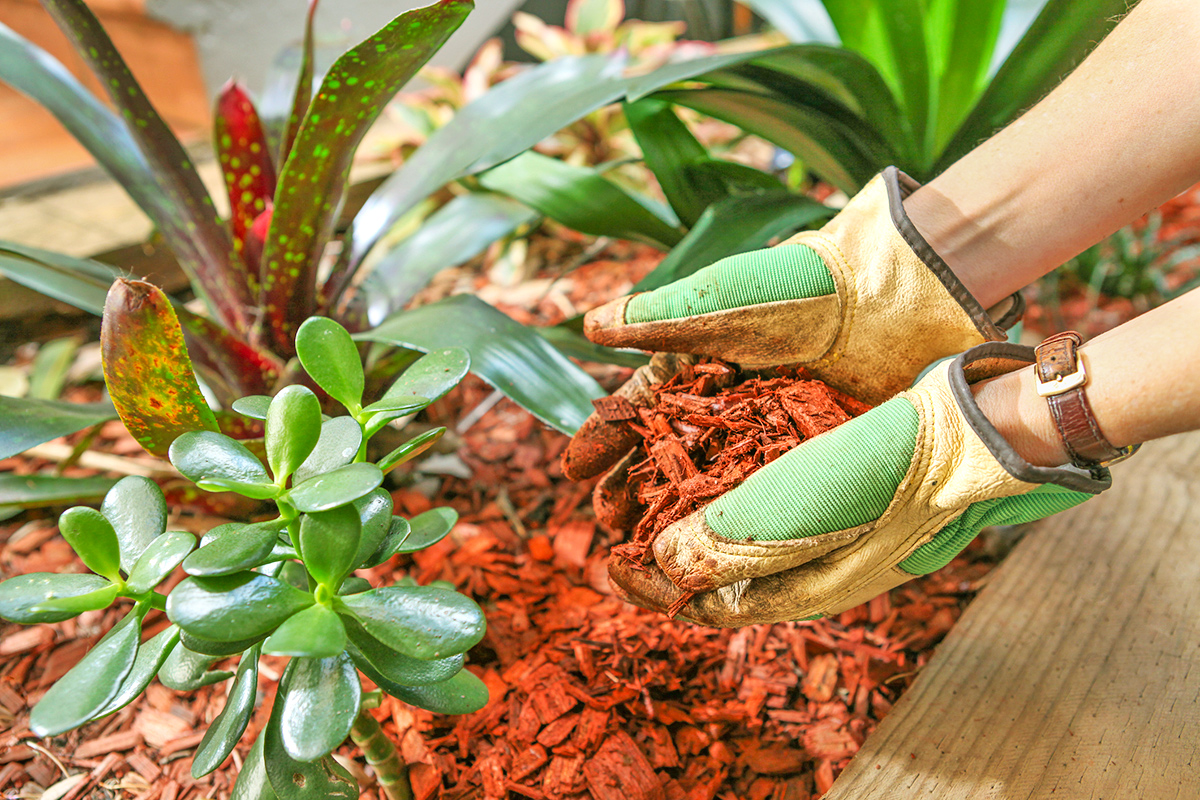Avid chess players train themselves to think several moves ahead, and pool players will cheerfully tell you that success is less about making the next shot than positioning yourself well for the shot after that. By and large, the same principle holds true for gardening. When the growing season finally winds down, you may find…
1. Amend Your Soil
Autumn is the perfect time to fix any issues with your soil — both the ones you know about and the ones you don’t. For example, if your soil is heavy with clay, adding organic material now can help lighten it, making it ready for seeds or transplants earlier in the spring. Fall is similarly a great time to adjust your soil’s pH. You can add lime or fireplace ash to neutralize acidity, or sulfur to add it, and then give it time to work over the winter. This is also the ideal time to test your soil and choose a natural or chemical fertilizer to address any shortcomings.
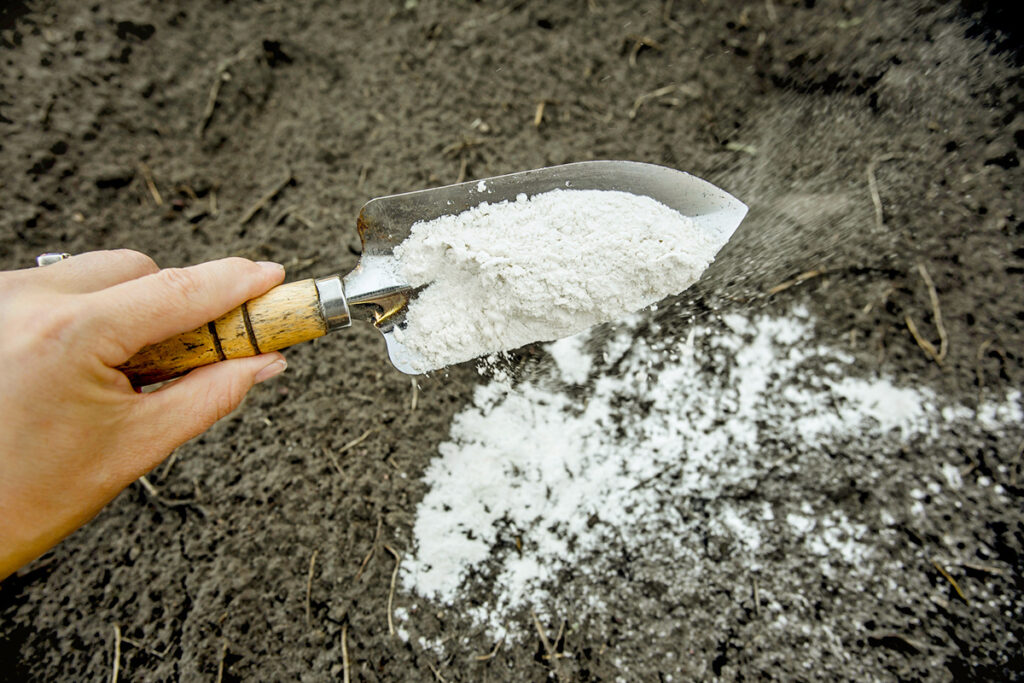
2. Plant Autumn Vegetables for Early Harvests
There are several vegetables you can plant this fall that will provide you with early spring harvests, surprisingly late harvests this year, or both. For example, autumn-planted carrots and parsnips can stay in the ground and then be dug up and enjoyed in the spring before they go to seed. Both are especially sweet after overwintering. For those who aren’t warm-weather gardeners, fall is also the best time to plant your garlic.
Sturdy brassicas, such as kale, cabbage, broccoli, and Brussels sprouts, do really well as cold-weather crops. In my Zone 5a garden, I’ve harvested kale and Brussels sprouts for Christmas dinner with nothing more than a plastic cover for protection. Kale will often die back in midwinter but then bounce back in the spring, giving you early greens before it goes to seed.
More from our network
House Outlook is part of Inbox Studio, which publishes content that uplifts, informs, and inspires.
3. Get a Jump on the Weeds
There’s an old saying that “an ounce of prevention is worth a pound of cure,” and this certainly applies to weeds. Before you mow, remove and dispose of their seed heads whenever possible. When autumn rains leave the ground soft, pull them out by the roots. Putting down a physical barrier, such as landscaping fabric, sheets of plastic, or plain corrugated cardboard, can help smother them at the source. This way, you can simply lift the barrier in spring and go straight to planting seeds or setting out transplants.
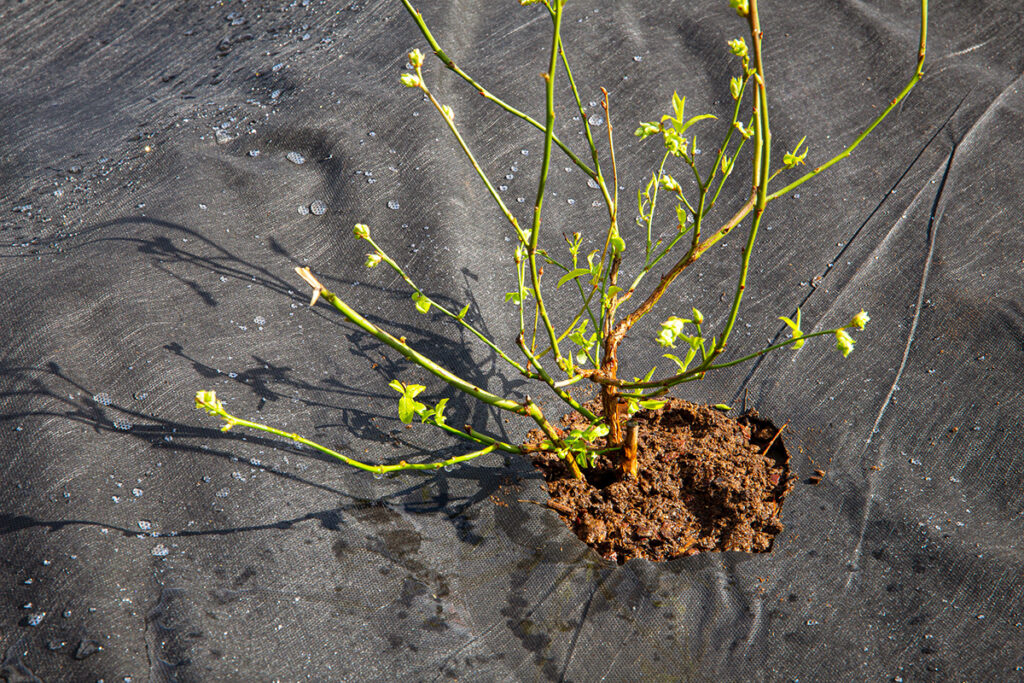
4. Protect Vulnerable Shrubs, Seedlings, and Perennials
As you look around your garden, you may notice some plants need a little extra help to make it through the winter. This could include protecting ornamental shrubs and hedges from physical damage, or giving some cold protection to new seedlings, saplings, blossoming shrubs, or vulnerable perennials. Depending on your climate and conditions, everything from snow fences to wrapping plants in burlap can help.
Putting a thick layer of straw, mulch, or well-rotted compost around the plants also provides additional protection and can improve the soil.


5. Collect Seeds
This one’s optional, but it’s something I’ve started doing in recent years. There are a couple of good arguments for saving your own seeds. First, it’s a way to save money. Second, you won’t have to worry about your favorite supplier selling out or about another supply chain crash. Finally, if you select and save seeds from the earliest, sturdiest, and best-producing plants, you’ll gradually develop a strain (a “landrace” crop) that’s custom-tailored to thrive in your specific microclimate.
Just be aware that seeds from hybrids won’t breed true, meaning the new plants will resemble one of the parents, not the plant you originally grew.
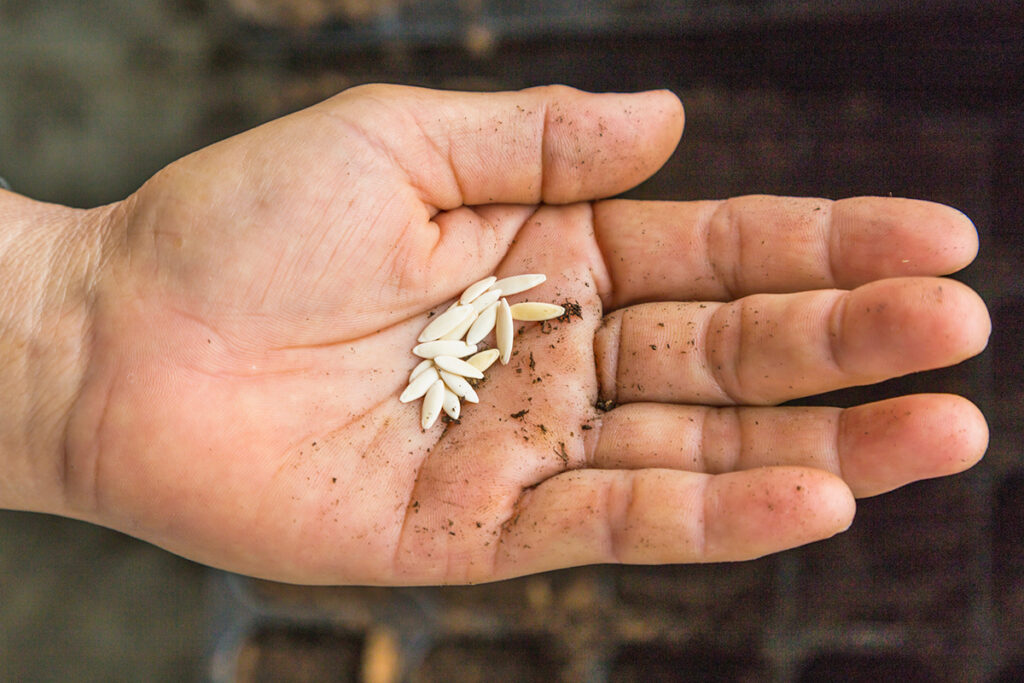
6. Empty Out Spent Beds
“They’ll be fine until spring” is a pretty persuasive whisper in your weary, post-harvest ear, but ignore it. Pulling the spent plants from your beds is a best practice because it gives pests less chance to become established. You can chop and compost the old plants, if you wish, but be sure to burn or bag anything showing signs of disease. The last thing you want to do is spread powdery mildew or other fungal and viral diseases throughout your garden.
7. Shop End-of-Season Sales
I’m frugal by nature and upbringing, so I love a good bargain. Those end-of-season sales, wherever gardening tools and supplies are sold, offer a great opportunity to get what you need at a reduced price. Not all retailers operate on the same schedule, so you’ll find blowout pricing as early as late spring and all the way through autumn. You can find deals on everything from an upgraded tiller to next year’s gardening gloves. I always look for tools I’ve coveted but couldn’t bring myself to splurge on, marked-down perennials, and essentials such as potting soil that I know I’ll use no matter what.
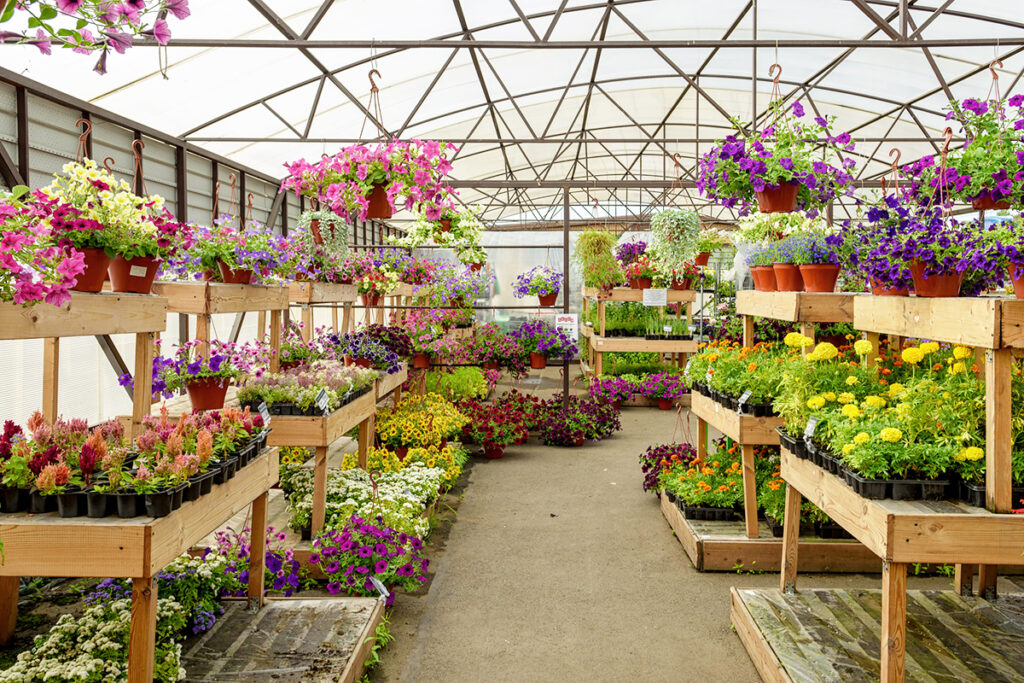
8. Plant Some Fall Bulbs
If your gardens could do with a few bright accents, or if you’re looking to transition specific beds from annuals to perennials, now is the time to put in some autumn bulbs. Tulips, hyacinths, narcissus (daffodils and their kin), irises, lilies, and early-blossoming favorites such as snowdrops and glory-of-the-snow are all planted in the fall.
9. Thin or Divide Perennials as Needed
Speaking of perennial beds, many of them will need attention over time. A lot of perennials grow and spread, so you’ll need to periodically thin them out (or even better, divide and replant them elsewhere). While you’re digging, it’s also a good time to add manure or slow-release fertilizer to keep them healthy and vigorous.
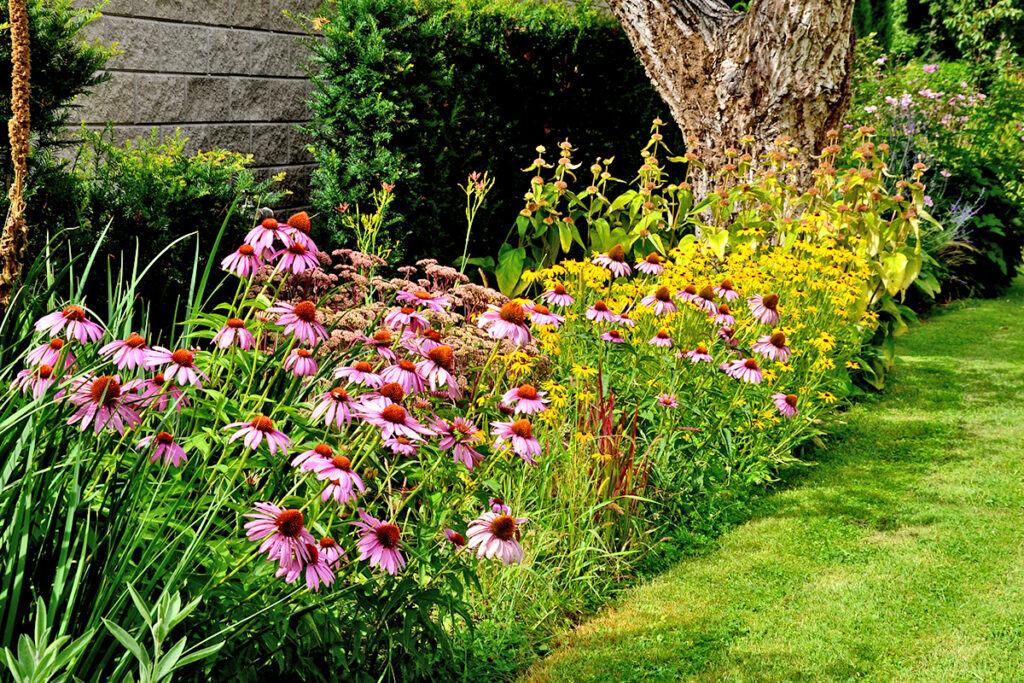
10. Mulch, Mulch, Mulch
I’ve touched on this a couple of times, but it’s worth calling out specifically: Mulch is your friend all year round. It helps plants cope with extreme heat in the summer and really becomes essential in the fall. A thick layer of straw or aged compost can protect your perennials from the cold, insulate overwintering vegetables, and suppress weeds. It’s also a practical way to use your fallen autumn leaves instead of bagging and discarding them.
11. Store and Maintain Equipment
Autumn isn’t just the time to “put your garden to bed”; it’s also the time to put your gardening equipment to bed. Clean, sanitize, and lubricate your pruning shears. Sand and oil the wooden handles of your tools to prevent drying and cracking. Repaint any metal or wooden tools where the paint is wearing off. Remove rust from blades with steel wool or fine sandpaper, then sharpen and oil them. This applies to shovels and edging tools, as well as loppers and mowers.
For anything with a small motor, such as a string trimmer or tiller, be sure to use up or drain any remaining gasoline before putting it away. Modern gas/ethanol blends can gunk up their carburetors if left in the motor over the winter.
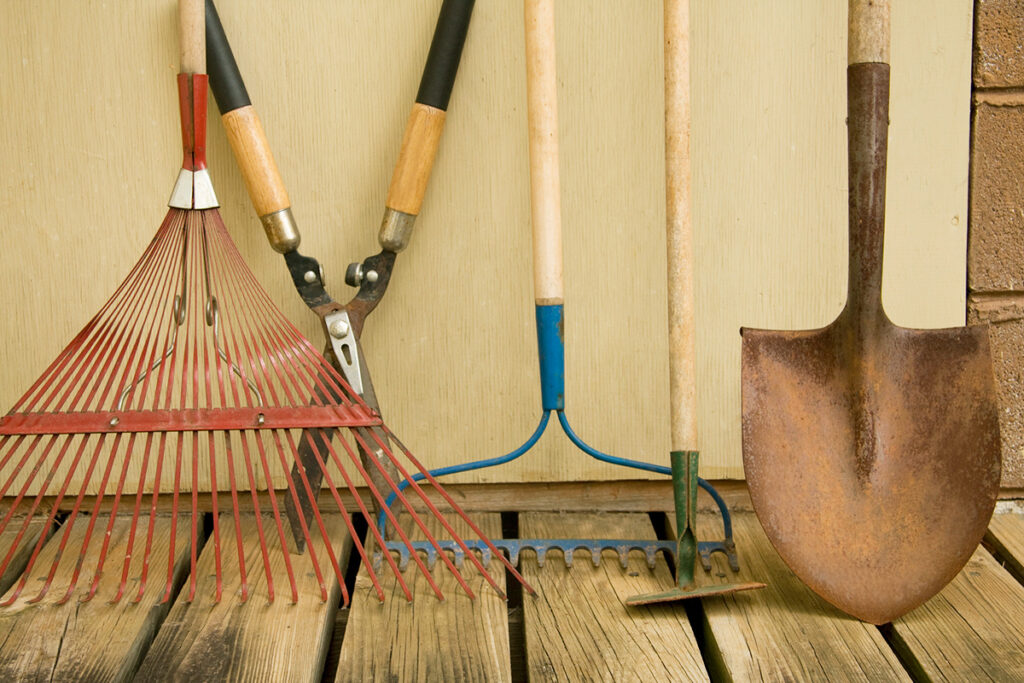
12. Make Time for Garden Planning
Finally (and arguably most importantly), autumn is the time to take care of the “admin stuff.” This includes reviewing how your garden performed this year and planning what you’ll carry over or do differently next year. Note which plants over- or underperformed so you know whether to switch things up. Write down your first frost date, as well as any major weather events or issues that affected your garden’s performance.
If you want new beds next year, this is your chance to mark them out, remove stones and stumps, smother the existing weeds or grass with a cover, and even build the beds themselves. If there are items your favorite seed suppliers routinely run out of in the spring, order them now so you don’t miss out. Finally, talk to other gardeners in person or online while this year’s experience is still fresh in your mind. Chances are, you’ll pick up a few ideas you might not have thought of on your own.







